
I love the Taureg style and aesthetic. Their elegant robes of rich and deep blues and purples, evoking images of royalty and wealth. The intricately crafted silver jewellery and finely threaded hair. Their drawn on faces create a “mystique” that has fascinated many.
So who are the Tuaregs you ask? They are a semi- nomadic Berber tribe spread across Niger, Mali and Algeria. Traditionally they were caravan traders selling their wares across the Saharan dessert.
It is a matrileneal society that trace their lines through the mothers side. The women are highly valued and are independent even when married, often owning their own tent & camel. Tuareg divorcees call the men they have divorced ‘Ohasis’ meaning freed from any obligation.
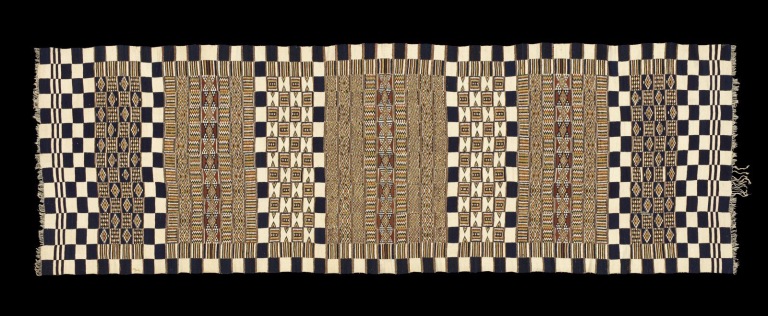
Beauty, art and craft are prized in the community with special social groups existing in Tuareg culture including artisans and smiths. An exploration of the Tuareg aesthetic starts to reveal the cultural norms of the communities.
They are known as the “blue people of the Sahar” or “men of the veil” because of the indigo turbans the men wear called Tagulmust. Only the men wear this starting with a rite of passage round 18 years old. It is central to the male role, representing cultural values of modesty and reserve, protecting from the hot dust and from evil spirits.
Although they don’t wear a veil, the women also cover their hair. Long hair is seen as a sign of beauty. Young girls and women leave their hair uncovered to reveal their beautiful braids, with the distinct central parting while older women usually wear long twisted braids.
Indigo is the prized colour worn by both men and women, the cotton cloth sometimes stains their skin. They take pride in their appearance with everyone regardless of age or gender carrying a mirror.
All of the body must be covered both for men and women. The women wear long colourful dresses roba with a wrap testimest over it. Breathable cotton is ideal for the warm weather.
The indigo and deep blue tones of their clothing compliments the blueish black powdered stone the women use to darken their lips and line their eyes, creating that unique air of mystique. For special occassions like weddings they use a base of yellow ochre and draw small red and white Tuareg patterns on their nose forehead and cheeks. Geometric symbols that form their own writing (tifinagh) and language. Tattoos are also still common.
The Taureg are famous for their artistry and intricate silver jewelery. In the early 1990’s parisian fashion house Hermes commissioned Tuareg jewellers to make a range of silver pieces using the Tuareg motifs and designs. Similarly their jewellery has been used by several designers.
Silver is the metal of choice, as the women have a superstitious fear of gold. Jeweller Ehadi Kourmama explains in this stunning short film, they are only about few artisans left using their skills and showcasing the depth of their crafts. Their silver smithing techniques are so unique that they are of great value to the community and beyond.
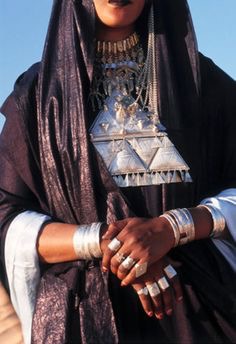
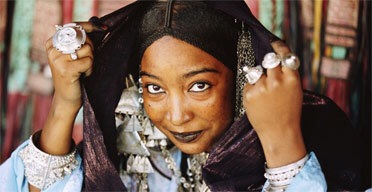
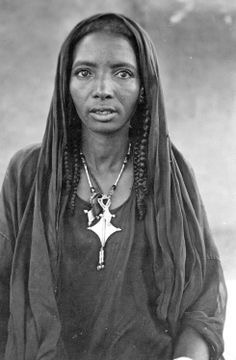
Worn by the women each piece contains a unique message. Telling the stories of the people and containing sometimes forgotten symbols. Among the 21 emblems of the Tuareg two key designs are the arrow head ring type talhakimt and the metal Cross of Agadez— both worn as pendants and believed to bring good luck. The cross is not directly associated with either Christianity or Islam but the four arms are said to represent the four corners of the earth, a metaphysical and spiritual compass for the travellers. The women are the bearers of the culture and traditions, wearing it on their faces and jewellery.
To find out more about the Tuareg community check out these great resources
To learn more about their current struggles to gain independence Aljezera News has an interesting documentary about their
Daily Mail article about Henrietta Butler and the Tuareg community


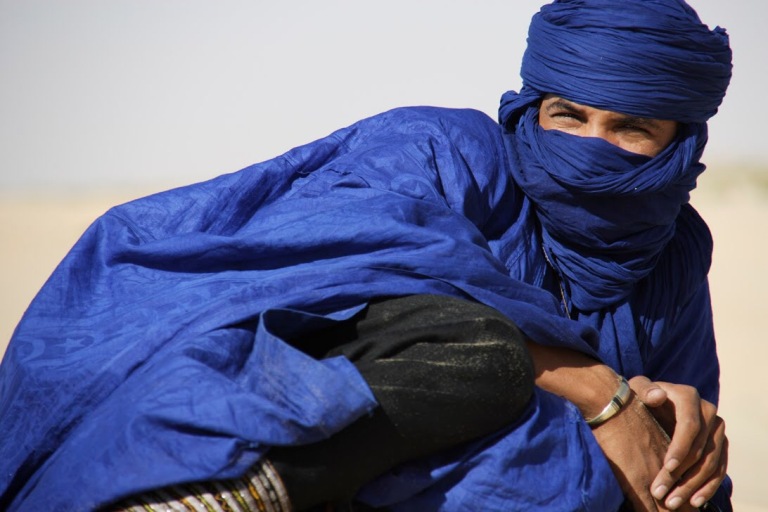

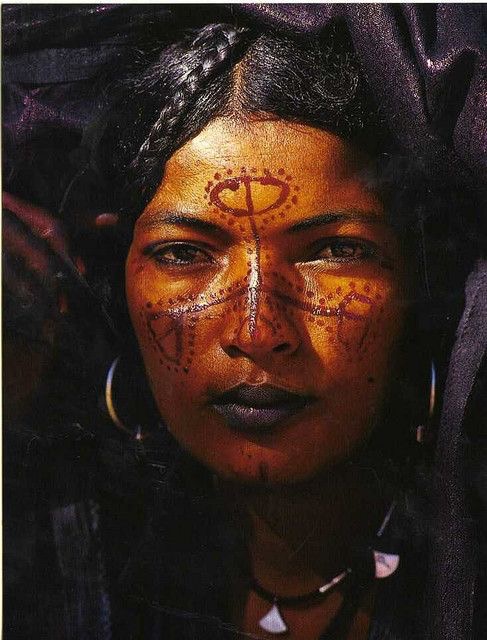
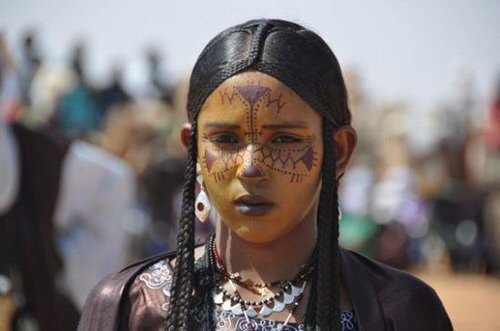
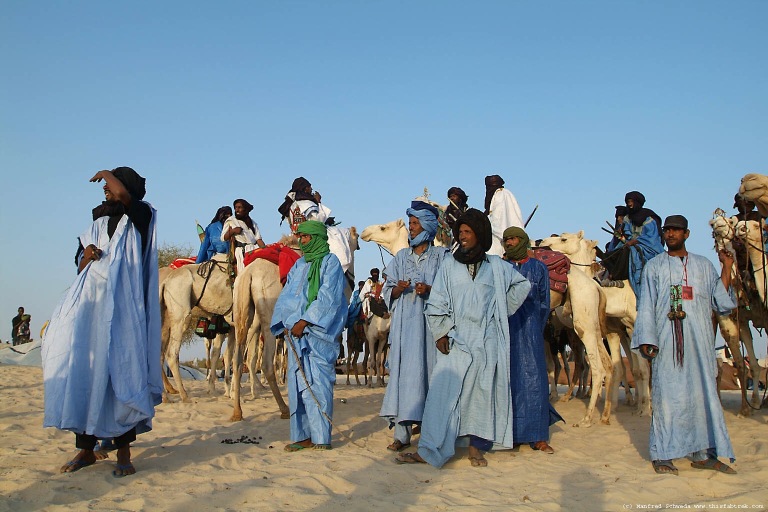

BEAUTYfully FANStastically Within….Thank You❣
LikeLike